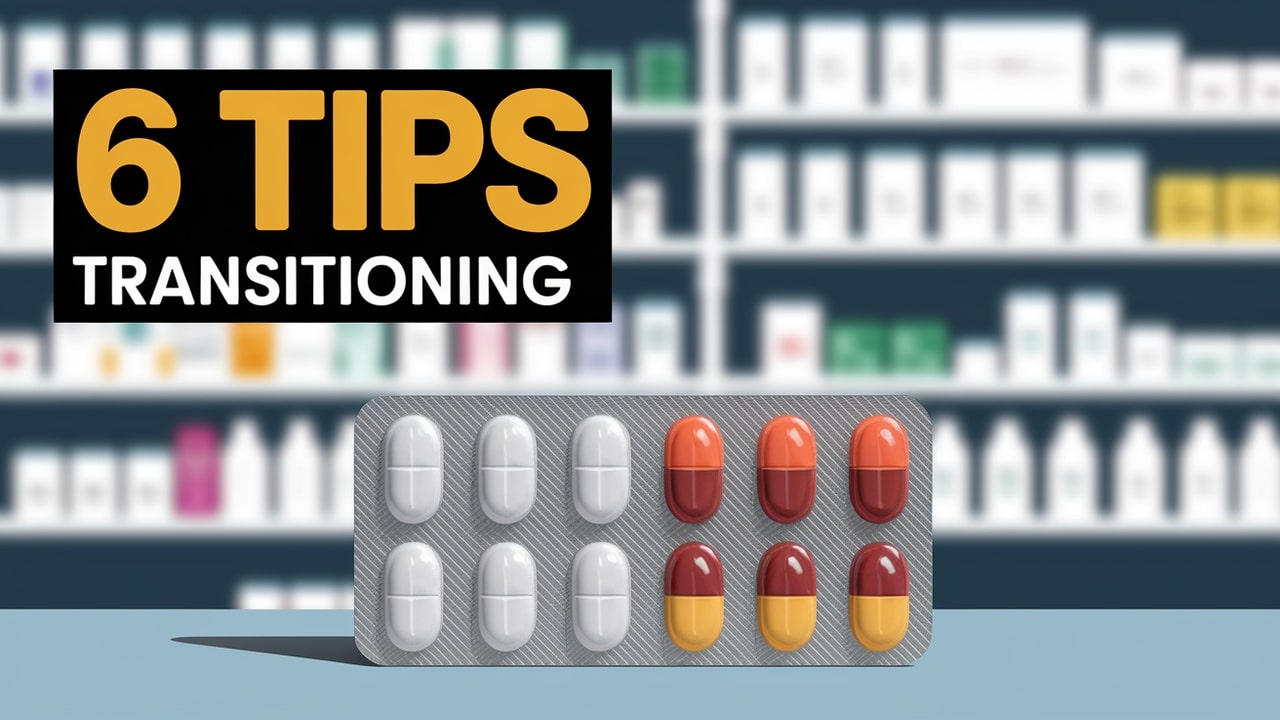
Symptoms, Causes, and Treatment of Migraines
Nearly 12% of the US population suffers from migraine headaches, which drastically affect their everyday life. Migraine causes severe pain in the head with pulsation on one or both sides of the head. People suffering from migraine suffer from various symptoms, from blurred vision to confusion, and different types of migraine treatments are available.
Symptoms of migraine
There are four phases of migraine headaches – Prodrome, Aura, the actual headache, and the Postdrome. The symptoms for each stage differ based on each person and last for a few days to several days. Prodrome creates problems in concentrating and irritation, and some people even feel neck pain or stiffness. People may also struggle with sensitivity to light and sound, and experience extreme fatigue. People start seeing bright light spots, zigzag lines, or blind spots during the Aura stage. It should be noted that not everyone experiences auras before migraine attacks.
The other main symptoms are tingling sensations on the skin, numbness, tinnitus, or a ringing sound in the ears. Some even feel alterations in their ability to smell and taste. Drip Hydration, Drip IV therapy, and IV Vitamin therapy offer different IV infusions to address migraines and other ailments. They have IV for hangover, energy boost, and immunity improvement.
The third stage, or actual headache, is characterized by severe, unbearable pain lasting 24-72 hours. Patients suffering from migraine headaches are very sensitive to light, sound, and touch. The pain causes nausea, which sometimes leads to vomiting. Postdrome symptoms include confusion, depression, and extreme fatigue. Patients who come out of the headache stage often struggle to resume routine for 24-48 hours after the actual headache subsides.
Causes of migraine headaches
Migraines are hereditary, meaning that if one parent experiences migraine, there is a 50% chance their child will experience them as well. If both parents experience migraine, the likelihood increases to 75%. Migraines typically occur when exposed to certain triggers like light, noise, or changes in barometric pressure. Nerves send pain signals to the brain when they come across a trigger. Migraines also result in blood vessel inflammation in the head, which is the main reason for the unbearable pain.
Tension, stress, and some medications cause migraines. Hormonal changes, overconsumption of caffeine, and malnutrition also cause migraine headaches. Migraines can also be caused by the overuse of painkillers, leading to a vicious cycle. Other health issues can also cause migraines, such as eye and ear problems that go untreated.
Hormonal changes in people assigned female at birth (AFAB) during menopause and pregnancy trigger migraines. Another main reason for headaches is a sudden change in sleeping patterns. Extreme stress is another reason for migraine, and most stress-related headaches get treated with stress relief therapies. People may also experience migraine attacks after intense physical exertion or skipping meals.
Some chemicals in food particles act as allergens which can trigger migraines. Fruits and fruit juices cause headaches in some people, while cultured dairy products like yogurt and kefir trigger migraine in others. Baked goods containing yeast like bread and cakes may trigger migraines as well. Certain preservatives and additives trigger migraines and digestive issues in many people, including monosodium glutamate (MSG), nitrates and nitrites, and aspartame.
Different drugs and treatments for migraine
Over-the-counter drugs like Ibuprofen, aspirin, and Tylenol may relieve pain resulting from migraine attacks, but will not work effectively to relieve aura symptoms. Triptans may be prescribed to help reduce your pain sensitivity, relieve nausea and vomiting, and reduce sensitivity to light and sound. Triptan nasal sprays and tablets are effective for most patients. Various types of drugs like Amerge, Relpax, Maxalt, and Zomig are some of the most commonly prescribed migraine drugs.
Ergot Alkaloids like Migranal and Ergomar get prescribed for patients who need longer-lasting pain relief. They may cause side effects like vomiting in some patients. Powerful drugs that completely numb CGRP receptors like Ubrelvy, Nurtec, and Qulipta are prescribed for patients whose headaches don’t work with Ergot Alkaloids. These drugs are highly effective for migraine patients but are very expensive and must be used with great caution. People with high blood pressure may experience severe side effects, so you should make sure to disclose all of your health histories to your doctor before these drugs are prescribed.
Neuromodulation devices stimulate nerves in the brain, interfering in the sending of pain signals to the brain. Cefaly is a popular nerve stimulation device that can reduce symptoms by nearly 50% when used on the forehead. Other devices like sTMS-mini and GammaCore also help relieve migraines by stimulating various nerves. While these products are promising, experts note they are best used in addition to medication rather than as a monotherapy.







